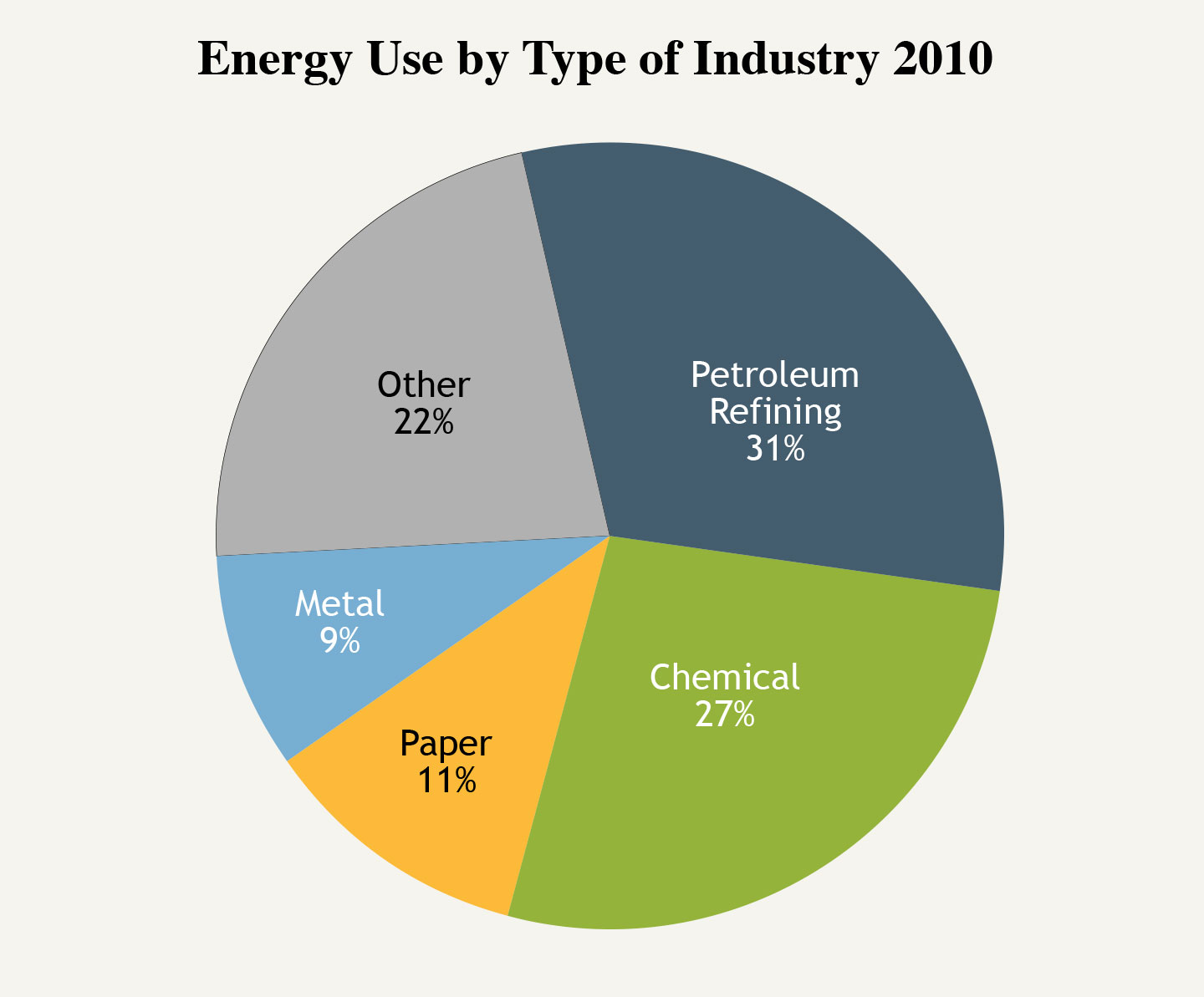
CO 2 emissions are a by-product generated by primary consumption sources of non-renewable energy, such as fossil fuels ( Thollander et al., 2007). It is clear that economic growth mainly depends on energy consumption, which is highly responsible for greenhouse gas (GHG) emissions, particularly CO 2, as stated by Gabr and Mohamed (2020). Figure 1 shows the name of G7 and Next-11 countries.Įnergy resource has been the fundamental element for an economy or economic development ( Xiong et al., 2014). Government officials from these nations meet regularly to discuss world economic and monetary matters, with each member alternating through the chairmanship.Īlong with the BRICs, the Next-11 (or N-11) are eleven countries identified by Goldman Sachs as having a high potential to become the world’s largest economies in the twenty-first century, namely, Bangladesh, Egypt, Indonesia, Iran, Mexico, Nigeria, Pakistan, Philippines, South Korea, Turkey, and Vietnam. France, Germany, Italy, Japan, the United States, the United Kingdom, and Canada make up the Group of Seven (G7) intergovernmental organization. In this article, assessment is carried out based on G7 and Next-11 countries. This article shows a comprehensive assessment of how renewable energy systems affect the country’s economic growth. Moreover, there is still limited information regarding all the perceived critical factors in moving toward fully renewable energy sources. The governments of both developing and developed nations have to balance spending for climate change mitigation and economic growth. Due to the COVID-19 crisis, the situation has been worsening.

On the other side, countries struggle to maintain economic growth and development. However, introducing new renewable energy technologies, consuming, and making them available for the citizens, is very time-consuming and costly. In addition, due to climate change and global warming situation, renewable energy could be the most attractive alternative to fossil fuel, reducing the CO 2 emission process. Thus, whether renewable or non-renewable, the energy should be used carefully and efficiently as its sources are limited. Using non-renewable energy sources put countries in a dilemma in policy priority between pollution reduction and economic growth. Our review research shows that renewable energy does not hinder economic growth for both developing and developed countries, whereas, there is little significance of consuming renewable energy (threshold level) on economic growth for developed countries.Ĭonsuming non-renewable energy may produce output and foster economic development, but undoubtedly it is a significant source of carbon emission and environmental degradation ( Awodumi and Adewuyi 2020). A total of 46 articles have been reviewed following the PRISMA guidelines from 2010 to 2021. By collecting SCI/SSCI indexed peer-reviewed journal articles, this article systematically reviews the consumption nexus of renewable energy and economic growth. At the same time, no matter developed or developing, nations have to maintain economic growth. As renewable energy emits no or low greenhouse gases, more countries are trying to increase the use of energies from renewable sources. But excessive use of fossil fuel harms the environment.

4University Center for Circular Economy, University of Pannonia, Nagykanizsa, HungaryĪn efficient use of energy is the pre-condition for economic development.3Department of Banking and Financial Markets, Financial University Under the Government of the Russian Federation, Moscow, Russia.2School of Technology, Management and Engineering, NMIMS, Indore, India.1School of Economics, Guangdong University of Finance and Economics, Guangzhou, China.Miraj Ahmed Bhuiyan 1, Qiannan Zhang 1, Vikas Khare 2, Alexey Mikhaylov 3, Gabor Pinter 4* and Xiaowen Huang 1


 0 kommentar(er)
0 kommentar(er)
